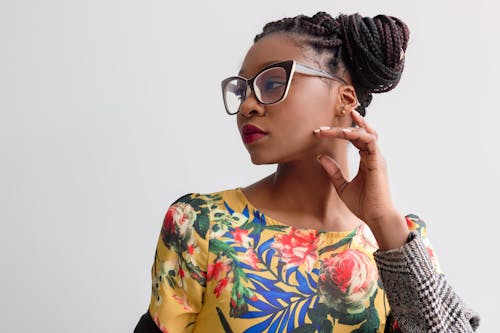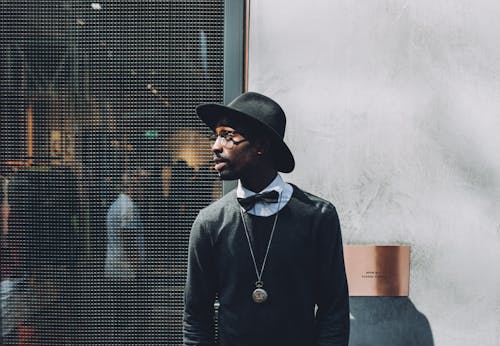
Introduction
Fashion is not just about clothing; it is a reflection of culture, societal shifts, and individual expression. Over centuries, it has evolved from practical necessity to a global industry influencing economies and identities. This article explores the multifaceted world of fashion, tracing its historical roots, analyzing current trends, and examining its profound impact on society today.
Historical Foundations of Fashion
- Ancient Beginnings
- Early Civilizations: Fashion has its origins in ancient civilizations like Egypt, Mesopotamia, and China, where clothing denoted social status, occupation, and cultural beliefs.
- Medieval Europe: The Middle Ages saw the emergence of elaborate garments worn by nobility and clergy, setting the stage for the craftsmanship and symbolism integral to fashion.
- Renaissance and Baroque Eras
- Artistic Flourishing: The Renaissance brought a revival of classical aesthetics, influencing fashion with luxurious fabrics, intricate embroidery, and structured silhouettes.
- Baroque Opulence: The Baroque period emphasized grandeur and excess, reflected in ornate garments adorned with pearls, lace, and velvet.
The Birth of Modern Fashion
- Industrial Revolution
- Mass Production: The 19th century saw the rise of ready-to-wear clothing due to industrialization, making fashion accessible beyond the elite classes.
- Fashion Capitals: Paris became the epicenter of haute couture, pioneering bespoke designs for affluent clientele and establishing fashion houses that set global standards.
- Twentieth-Century Innovations
- Art Deco and Flapper Era: The 1920s witnessed a revolution in fashion with the Art Deco movement and the liberating styles of flappers, challenging societal norms with shorter hemlines and bold accessories.
- Mid-Century Modernism: Post-World War II, fashion embraced simplicity and functionality, epitomized by the designs of Christian Dior and Coco Chanel, who shaped the modern silhouette.
Fashion in the Digital Age
- Globalization and Accessibility
- Internet Revolution: The 21st century brought digital transformation, democratizing fashion through e-commerce, social media influencers, and online fashion communities.
- Fast Fashion: Brands like Zara and H&M accelerated production cycles, making trends accessible and affordable to a global audience.
- Sustainability and Ethical Fashion
- Environmental Consciousness: The fashion industry faces scrutiny for its environmental impact. Sustainable practices, from eco-friendly materials to ethical sourcing, are becoming integral to brand identity.
- Slow Fashion Movement: Advocates promote quality over quantity, encouraging mindful consumption and supporting brands committed to transparency and fair labor practices.
Fashion Capitals and Influencers
- Paris: Haute Couture Mecca
- Luxury Heritage: Paris remains synonymous with haute couture, hosting prestigious fashion weeks where designers like Chanel, Dior, and Givenchy unveil their collections.
- Street Style: Parisian street fashion inspires global trends, blending classic elegance with avant-garde experimentation.
- Milan and New York: Global Trendsetters
- Italian Elegance: Milan Fashion Week showcases Italian craftsmanship and luxury brands like Gucci, Prada, and Versace, known for their bold designs and cultural influence.
- American Innovation: New York Fashion Week spotlights diversity and creativity, featuring designers from Marc Jacobs to Ralph Lauren who define American style on a global stage.
Fashion as Cultural Expression
- Identity and Diversity
- Cultural Influences: Fashion embraces diversity, celebrating heritage and identity through traditional attire, ethnic patterns, and global collaborations.
- Gender Fluidity: Designers challenge binary norms with gender-neutral collections that promote inclusivity and redefine beauty standards.
- Celebrity and Pop Culture
- Red Carpet Impact: Celebrities influence fashion trends through high-profile events like the Oscars and Met Gala, showcasing designer creations and setting trends for millions.
- Music and Fashion Fusion: Artists merge music with fashion, creating iconic looks that resonate with fans and inspire new styles.
Future Trends and Innovations
- Technology Integration
- Virtual Reality and AI: Fashion embraces technology with virtual fittings, augmented reality experiences, and AI-driven trend forecasting to enhance customer engagement.
- Blockchain in Fashion: Transparency initiatives use blockchain to track supply chains, verify authenticity, and combat counterfeit products.
- Cultural Sustainability
- Empowerment and Representation: Brands champion diversity, supporting social causes and amplifying marginalized voices to foster a more inclusive fashion industry.
- Circular Economy: Recycling and upcycling initiatives promote a circular fashion economy, minimizing waste and extending the lifecycle of garments.

Conclusion
Fashion is a dynamic expression of creativity, culture, and commerce that continues to evolve with societal shifts and technological advancements. From ancient traditions to modern innovations, its impact transcends borders, influencing how we dress, perceive identity, and express ourselves. As fashion moves forward, embracing sustainability, inclusivity, and digital innovation, it remains a powerful force shaping global culture and defining the essence of individual and collective style. Through its ever-changing trends and enduring traditions, fashion continues to captivate, inspire, and reflect the spirit of our times.














